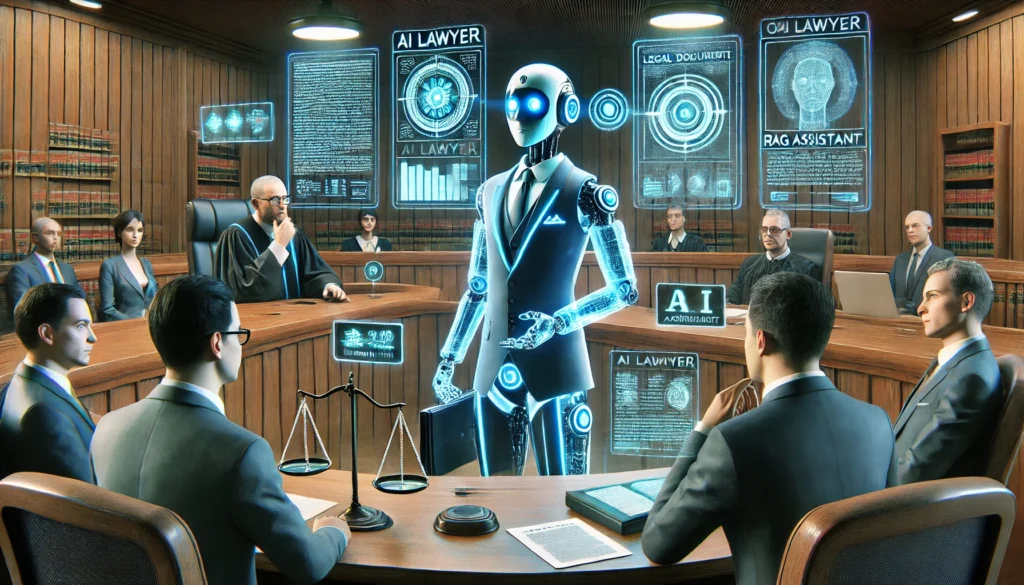🏭 Episode 3 – The LEGO Factory: One Command, Many Creations
In Episode 2, Prisha and her friends experienced chaos while constructing their LEGO towers. With bricks crumbling and design failures, they learned the Builder Pattern — how to construct complex structures step by step from blueprints. Friendopia’s towers finally stood tall and proud! ❗The Problem Friendopia was growing rapidly. Houses were constructed and towers erected, […]









